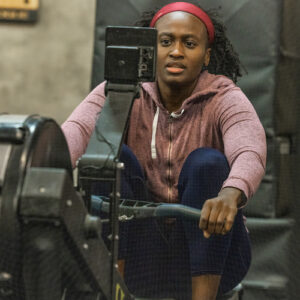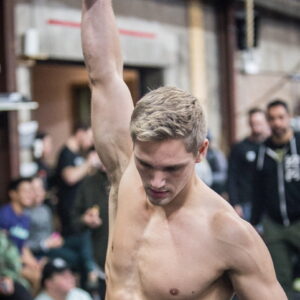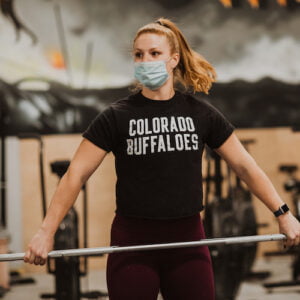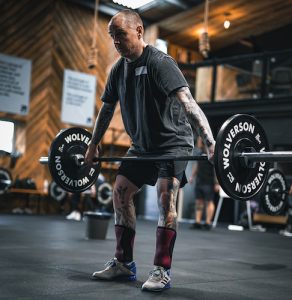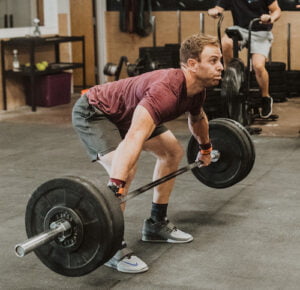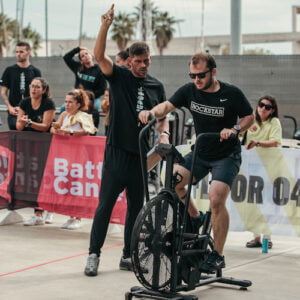It’s one of the most important things that an athlete can improve in the sport of CrossFit.
However, it’s not very exciting. It’s not something that people can post about on Instagram and get a bunch of engagement.
We’re talking about reducing variance in training results.
This means that – as you improve – you will often find that the range of possible outcomes or a given session gets narrower and narrower. This means that you’re more likely to hit a similar weight on your squat clean – no matter what you’ve done before in the session or in the training week.
You’re more likely to be able to maintain the same pace on rowing intervals. Even when you’re having an off day on strict handstand push-ups, they never totally fall apart.
Once you’ve acquired all of the necessary skills to compete, the most important thing for most athletes isn’t necessarily improving their best possible performance – it’s improving their worst possible performance.
Check out the full conversation with Jon, Luke, and Todd to learn:
- How to think about variance in training results – and why “variance” isn’t exactly the same thing as consistency
- Why some athletes can execute no matter how tired they are or how “off” they’re feeling – and others can’t
- How to think about designing training sessions to work on “bringing up the floor”
Listen Here
- iTunes
- Overcast
- Google Podcasts
- mp3
- Or stream here:
- If you’re enjoying the show, why not a leave a review? It makes a difference in terms of other people finding the show.
Show Notes:
- [00:13] Why is reducing variance in performance one of the most important things that an athlete can train for? Is “variance” the same thing as “consistency?”
- [07:52] What does it mean to “bring up the floor” – and how does the scoring structure of most events impact the way that athletes should train?
- [16:14] How should athletes think about combining different movements or doing different kinds of workouts in training? How should athletes balance “progressions” with doing more chaotic, sport-specific sessions?
- [24:15] Quick summary of practical recommendations for reducing variance in training results

